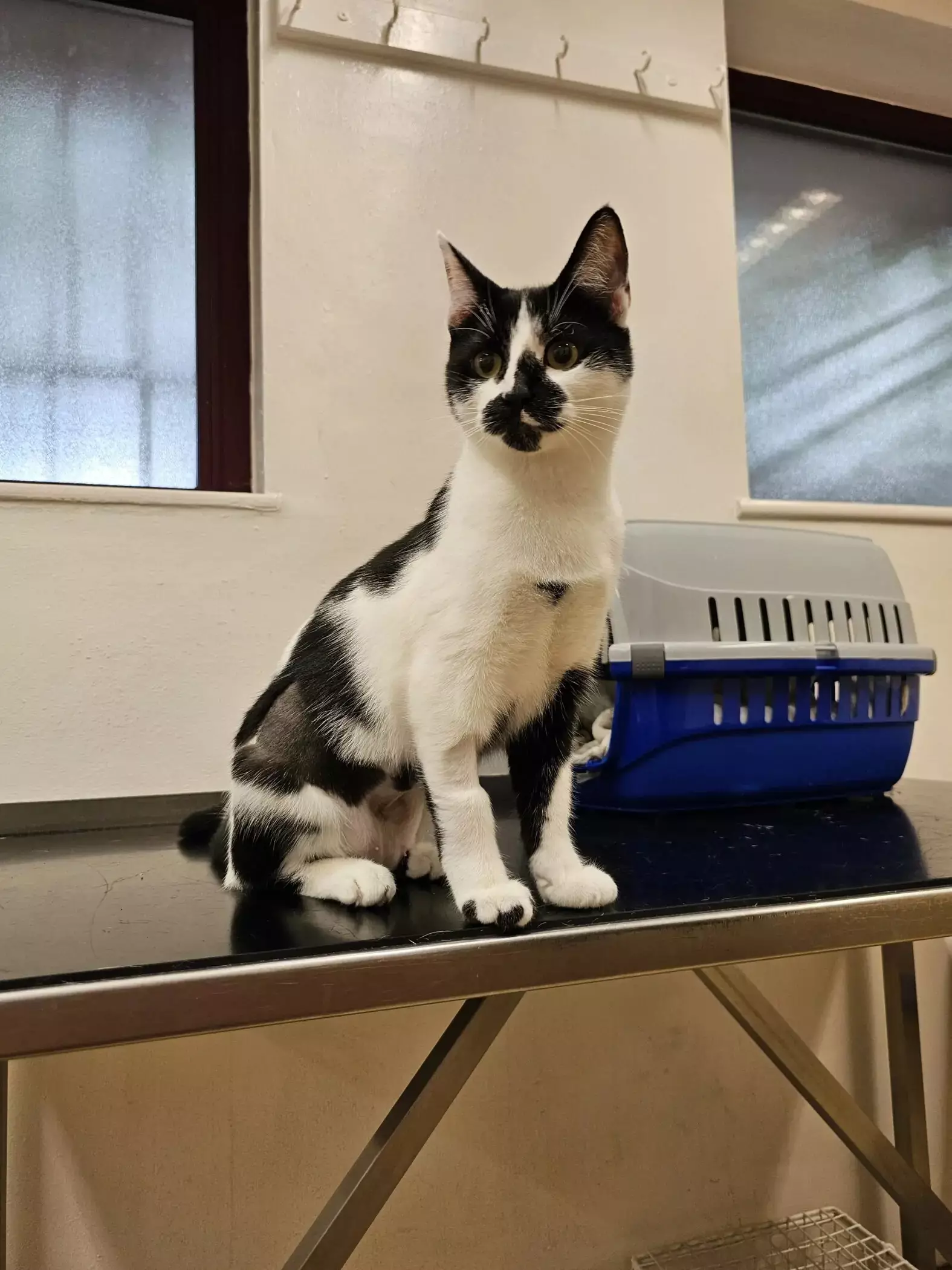In the realm of pet ownership, the well-being of our furry companions should always be a top priority. Spaying female cats is a critical procedure that extends beyond preventing unplanned litters; it also significantly enhances their overall health. As highlighted by veterinary professionals, removing a cat’s reproductive organs mitigates the risk of several severe health complications, including pyometra and certain cancers. This article delves into the case of a lucky cat named Olive, providing insights into how attentive pet care and swift veterinary intervention can save lives.
Spaying is a common yet crucial veterinary procedure that involves the surgical removal of a female cat’s ovaries, and often her uterus, as well. According to Nina Downing, a veterinary nurse at PDSA, this surgical intervention not only curtails unwanted pregnancies but also significantly lowers the risk of developing life-altering health conditions. For instance, conditions like ovarian and uterine cancers, or the agonizing womb infection known as pyometra, can all stem from situations of neglect towards spaying.
The reality is that many pet owners remain unaware of the critical health implications that arise from failing to spay. Pyometra, in particular, is an insidious condition that can become life-threatening if not detected and treated in a timely manner. This underscores the need for pet owners to remain vigilant regarding their pets’ behaviors and health, ensuring they consult their veterinarians for periodic check-ups, especially after noticing any unusual signs.
One year-old Olive found herself in a life-threatening predicament, highlighting the significance of informed pet ownership. Her behavior changed dramatically; a typically lively and affectionate cat suddenly displayed signs of distress, alarming her owner, Marie. The concern sparked by Marie’s 10-year-old daughter, Tiffany-Rose, proved instrumental. When Tiffany-Rose observed her beloved pet acting out of character, it prompted immediate action—an undeniable testament to the importance of being attuned to changes in a pet’s behavior.
Upon discovering discharge from Olive’s back end, Marie wasted no time in contacting the nearby PDSA Pet Hospital. The urgency of her cat’s symptoms warranted swift veterinary evaluation, emphasizing how critical it is for pet owners to act decisively when faced with concerning signs. Reflecting on the whirlwind of emotions that accompanied this ordeal, Marie expressed her relief at Olive’s successful return home after emergency surgery. Had they delayed action, the outcome could have been dire.
The veterinary team’s response at PDSA further underscores the importance of skilled professionals in the field. Upon admission for an ultrasound, the fast-moving nature of Olive’s condition allowed for timely diagnosis of pyometra. Kay Brough, the head nurse, highlighted the necessity of rapid intervention as the infection carries high risks, including sepsis, which could lead to fatal outcomes if left unchecked.
Olive’s journey serves as a critical reminder that pet owners must appreciate the duties of veterinary professionals. Their expertise is vital in diagnosing complex medical conditions quickly and accurately. Additionally, timely surgical intervention, as demonstrated in Olive’s case, can preserve quality of life and is often the difference between life and death.
The story of Olive encapsulates the potent combination of proactive pet ownership, veterinary expertise, and the critical importance of health monitoring in pets. It highlights how even minor changes in a cat’s behavior can serve as red flags for serious health issues. Responsible pet ownership is rooted in education and vigilance—ensuring pets are spayed and that owners are aware of the signs that necessitate prompt veterinary care.
Achieving a greater understanding of these matters benefits not only individual pets but also contributes to overall community awareness regarding animal health. As pet owners, recognizing the myriad benefits of spaying and fostering a strong relationship with veterinary services can lead to longer, healthier lives for our beloved cats. In essence, the journey of care for pets should always be an informed one, replete with knowledge and dedication.


Leave a Reply